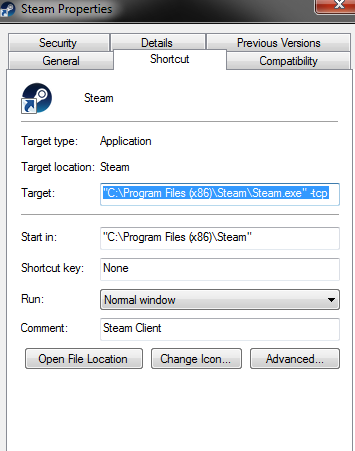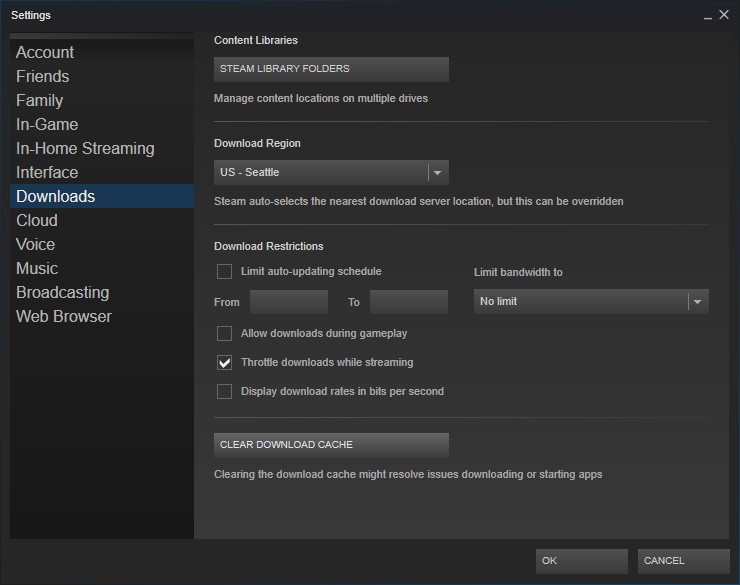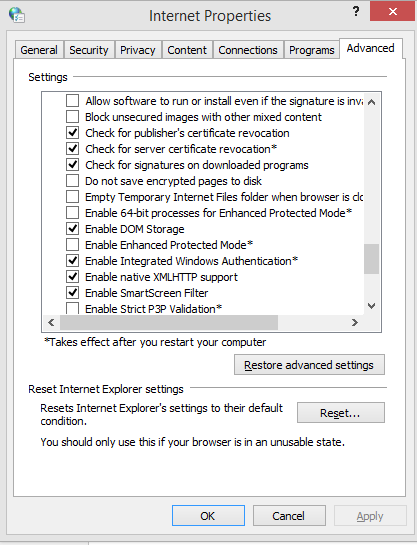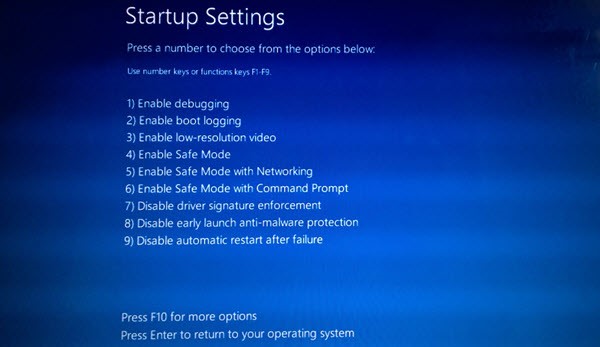Fix: Steam Won’t Go Online
Sometimes while starting Steam, users may experience an error stating that they can’t connect to the Steam network along with giving them the option to either start in offline mode or exit. There can be many reasons which may cause this issue. Sometimes some Steam servers go offline; in that case, there isn’t anything that you can do on your part rather than wait for them to go online again. You can check the status of the Steam server easily and double check if it’s their problem or yours.
In the case of their server being online, the problem must be on your end. You can start troubleshooting by following the solution listed below.
Solution 1: Adding –tcp to your Steam shortcut
This method worked for the majority of the people. It manipulates the shortcut of Steam and adds a command line parameter in its properties.
- Locate your Steam client. The default location is C:/Program Files (x86)/Steam.
- Create a shortcut of Steam in the same directory.
- Click ‘Properties’ and head over to the ‘General’ tab.
- In the ‘Target’ dialogue box, add ‘-tcp’ in the end. The final result looks like this “C:\Program Files (x86)\Steam\Steam.exe”-tcp

- Open task manager and end all Steam processes.
- Open Steam using the shortcut
Solution 2: Clearing download cache
Clearing your Steam download cache can fix problems that may result in a not responding/connecting client. This process won’t affect your current games. You would only have to re-login. Don’t use this solution if you don’t have your correct login credentials at hand.
- Open your Steam client and navigate to Settings. This is located in the top left menu.
- Locate Downloads in the Settings panel.
- Click Clear Download Cache. Click OK to confirm your choice and after a while, Steam will ask for your login credentials.

- After logging in again, Steam will start as expected.
Solution 3: Changing your internet settings
Sometimes the computer may flag Steam connection as unsafe; thus severing the connection between you and the server. You can disable the protective mode using the explorer. A step by step guide is listed below.
- Open ‘Network and Sharing Center’ by right clicking on your connection on the sidebar or through the control panel.
- Click on ‘Internet Options’ located in the bottom left corner of the window.
- Chose the ‘Advanced’ tab and scroll down the ‘Security’ listings.
- Uncheck ‘Enable Enhanced Protected Mode’.

- Restart your PC and launch Steam. If Windows was blocking Steam’s access to the internet through this feature, you will be good to go.
Solution 4: Starting Steam in Safe mode with networking.
Before resorting to more technical methods, you can try running your PC in safe mode (with networking) and try to start Steam.
- Get your computer to safe mode by selecting from various different options available. Select ‘Enable Safe Mode with Networking’. You can learn how to get your PC to safe mode from here. If you are running Windows 7, press F8 upon the startup of your PC and you will be directed to a similar window where you can select the required option.

- Open Steam and try updating/installing it again. This method should remove all obstacles (if any) which your Steam may be experiencing while starting.
Solution 5: Deleting Temp folder from Windows
Sometimes, Steam doesn’t connect if there is an update queued and there isn’t enough space in the disk for it to proceed. What you can do is delete the Temp folder from your hard drive which contains files that are not needed.
- Use the search bar on your Windows Start menu and type in ‘%temp%’. Click the folder that comes in the search.
- Delete all the files. Please note that Windows won’t let you delete the files and folders which are still in use. Not to worry. Now enough space would have been freed in order for Steam to start. If the problem persists, try deleting unwanted files and folder from your desktop and try again.
Solution 6: Resetting Winsock
We can try resetting Winsock before resorting to reinstalling Steam all over again.
- On your search bar in your start menu, type ‘cmd’.
- Open the command application and type ‘netsh winsock reset catalog’. Execute
- Type ‘netsh int ip reset reset.log’. Execute the command.
- Restart your PC and try starting Steam again.
Solution 7: Renaming ClientRegistry.blob
If the small troubleshooting methods don’t work for you, we can try one more method before resorting to deleting some files and folders and updating Steam.
- Completely exit Steam and end all tasks as mentioned in the solution above.
- Browse to your Steam directory. The default one isC:\Program Files\Steam
- Locate ‘ClientRegistry.blob’.

- Rename the file to ‘ClientRegistry.blob’.
- Restart Steam and allow the file to be recreated.
- Hopefully, your Client will run as expected. If it still doesn’t work, follow the steps listed below.
- Browse back to your Steam directory.
- Locate ‘Steamerrorreporter.exe’.

- Run the application and relaunch Steam.
Solution 8: Reinstalling Steam
If all the other fail we can try reinstalling Steam. Always take out ample time without interruption before resorting to this method.
- First of all, locate your Steam directory. The default location is C:/Program Files (x86)/Steam.
- Find the following files/folder present in the directory.
SteamApps – Folder
Steam.exe -Application
- Delete all the files and folders except the ones mentioned above.
- Restart your PC and launch Steam with administrative privileges. Steam will start updating itself to replace the missing files. Hopefully, upon completion, it will work as expected.